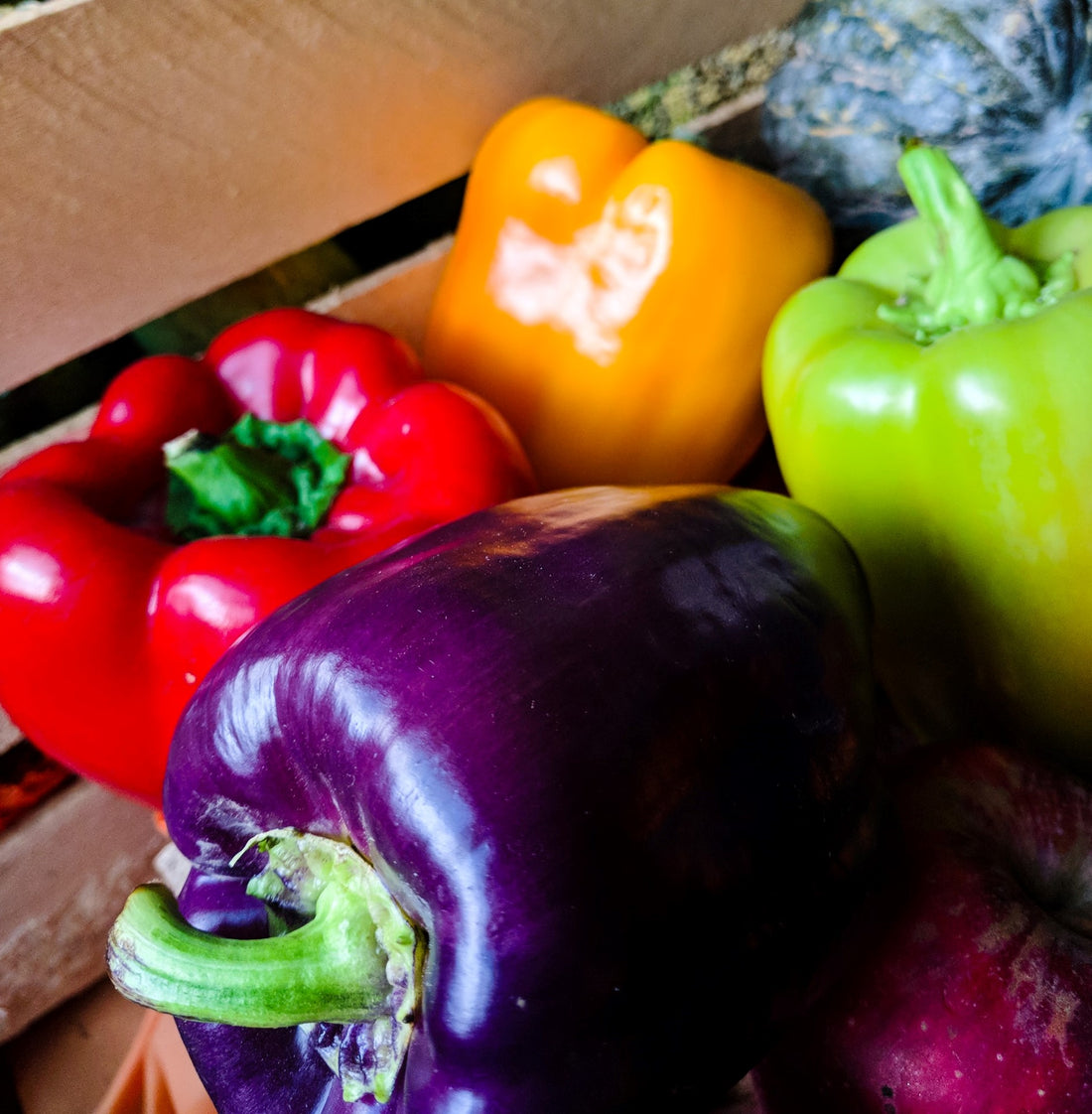Often, peppers are considered one of the trickier vegetables to grow. But, this simply isn't true. Peppers just have particular needs: heat and time and a wee bit of babying. Anyone can grow peppers as long as they're prepared to spend some extra time ensuring the plants have the right conditions. Peppers, in most locations, must be started inside during the late winter or very early spring.
The most common reasons peppers fail is because they aren't started soon enough, which means they don't have adequate time to grow to maturity. And, they aren't getting the heat they need to succeed. This applies to bell peppers and chili peppers. In fact, the growing requirements for both types are the same.
The 3 Keys To Successful Peppers
- Start Early
- Give 'Em Heat
- Be Patient
How To Grow Peppers, Step By Step
Sowing Seeds
Start seeds indoors 8-10 weeks before the last expected spring frost. Peppers are slow to germinate and slow to grow. To be sure they are big enough for transplanting into the garden in spring, they must be started early. If this doesn't happen, they may not be strong enough to survive outdoors when the time comes. Also, a late start means they probably won't reach full maturity. However, even if they don't get their final mature color, green peppers are still delicious!
- Fill seed-starting trays with high-quality organic potting soil, meant for seed-starting.
- Wet the soil thoroughly.
- Gently press seeds into the soil and cover them with ¼” soil. Plant one seed per cell, or for a larger container, place them 1-2” apart.
- Place the trays in a warm location, at least 75-80F. A heated seed mat is ideal for keeping the required temperature. Cover them with a plastic dome or plastic bag to increase the humidity.
- Every day, mist the soil with water. Do not let the soil get dry.
- Pepper seeds germinate in 14-20 days – be patient!
- When the seeds sprout, remove the plastic dome or bag and move them to a sunny, bright location where they will receive at least 8 hours of light per day. Peppers need temperatures above 65F to grow. You may need to use a grow light – this will help with both light and temperature requirements.
Indoor Care
- Water the seedlings every other day, ensuring that the soil stays moist but not soggy. And that it doesn't dry out.
- When the seedlings are a month old, transplant them to their own 3-5” pot.
- Maintain the light and heat requirements and continue watering every other day.
Transplanting To Garden
- When the outdoor nighttime temperature is regularly above 65F, prepare to transplant the seedlings to the garden.
- First, the seedlings must be hardened off. This means slowly acclimating them to the outside temperature. Start by setting the pepper plants outdoors for one hour and increasing it incrementally until they are outside all day by the end of 10 days.
- Plant peppers in full sun, spaced 18-24” apart.
- Water consistently and regularly. Never let the soil dry out too much.
- In 70-90 days, you'll have peppers! You can harvest them when they're green and immature or wait for them to develop fully. We like to gather some green and leave others to ripen.
- Pepper plants and fruit won't survive frost, so harvest them all before the cold sets in.
Some Of Our Pepper Favorites
Orange Sun Sweet – a gorgeous bright orange pepper, Mild and sweet.
Golden California Wonder – a sweet, sunny yellow pepper. An heirloom from the 1920s.
Purple Beauty – deep purple skin and green fleshed inside; this pepper looks amazing in a salad.
Sweet Red Cherry – the perfect bite-sized pepper, bright red and wonderfully sweet. The best pepper for pickling.
Rainbow Blend – peppers for the indecisive! A mix of orange, yellow, green, purple, chocolate, and ivory-colored peppers.



